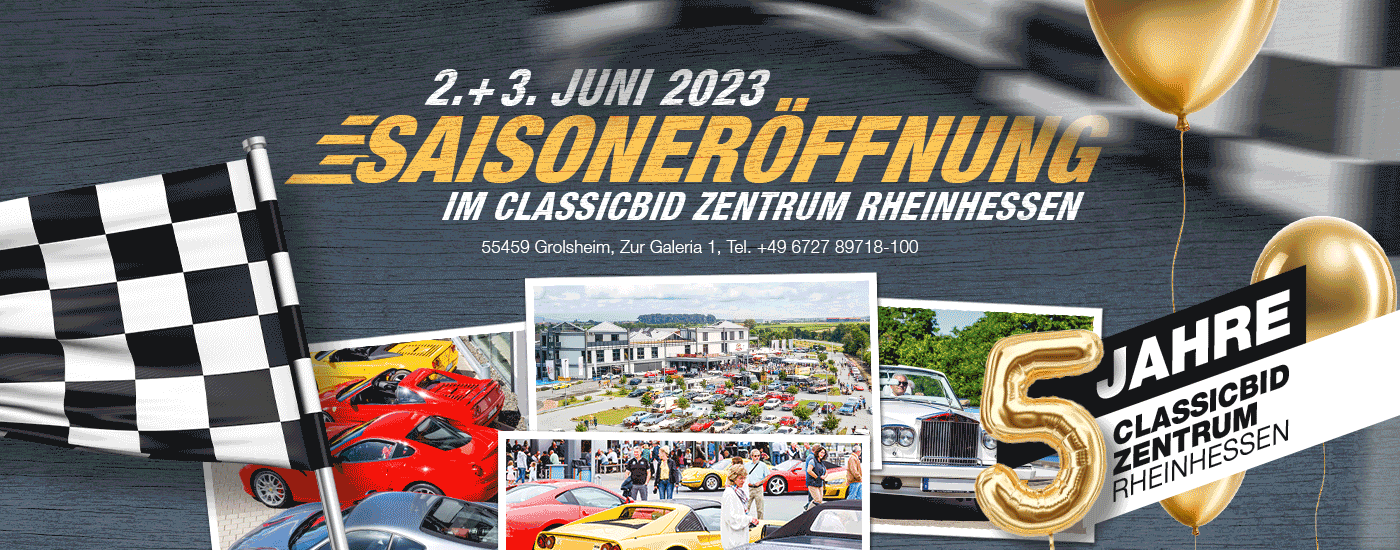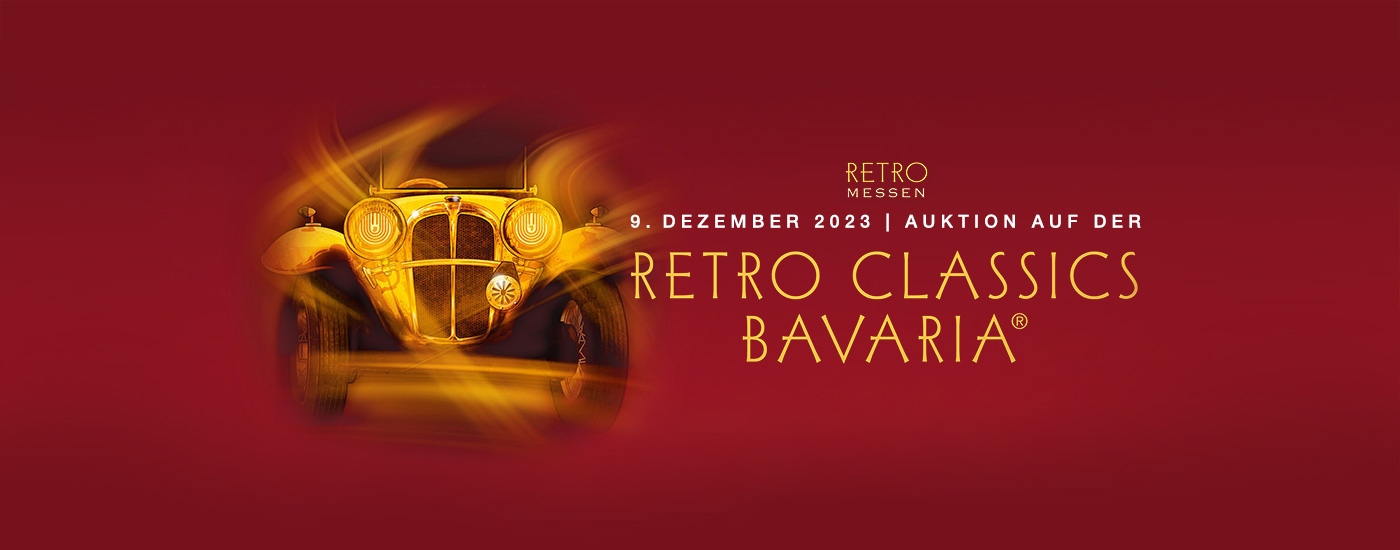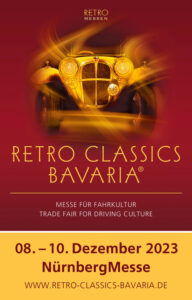Welcome to our auction at the Classicbid Zentrum Rheinhessen
It’s that time again! We are delighted that we are once again able to experience the excitement and fun of a live auction with you.
As part of the Classicbid season opening, an exclusive Classicbid auction will be held at our center in Grolsheim on Saturday, 3 June 2023 at 3 pm.
This time you can look forward to a pair of special rarities from automobile history, which will also set your heart aflutter. Here you can view the vehicles in advance in our online catalog.
If you are unable to be with us in person, you have the option of placing a bid in writing.
Live auction with bidding form
The Classicbid auction on 3 June will take place live on site.
You can’t be on site?
Then simply place your bid via the “absentee bidding form”.
Simply fill it out, scan it and send it back with a copy of a valid identity document (front and back page) to info@classicbid.de by no later than one day before the auction. In this case the above-mentioned registration is not required.
With best wishes, your Classicbid team
More questions?
Call us on: +49 6727 89718-100
Fax: +49 6727 89718-255
info@classicbid.de
Downloads
auction catalogue
Bidder Registration
CB_Bidder Registration
Widerrufsbelehrung + Formular
AGB-Kaeufer
Absentee Bidding Form
Unsold vehicles can be purchased through direct sales after the auction.






